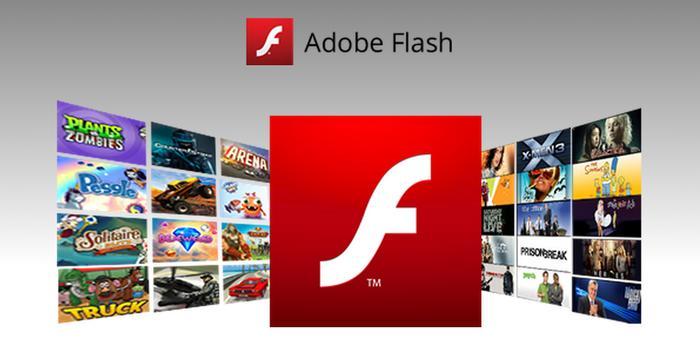
- Adobe Flash Player, the browser plug-in that brought rich animations and interactivity to the early web, has officially reached the end of its life.
- Released in 1996, Flash was once one of the most popular ways for people to stream videos and play games online.
- But it was plagued with security problems and failed to transition to the smartphone era.
- Adobe will no longer offer security updates for Flash and has urged people to uninstall it.
- It will also stop videos and animations running in its Flash Player from 12 January.

Why was Flash popular?
When Flash was first released, a majority of internet users connected via dial-up connections that were very slow by today's standards.
But Flash let web designers and animators deliver exciting content that could be downloaded relatively quickly.
"You could make a full three-minute animation with multiple characters, backgrounds, sounds and music less than 2 megabytes (MB) and viewable from within the browser," explained animator David Firth.
His surreal animations and characters - such as the gangly, green hunchback Salad Fingers - enjoyed viral success before the advent of social media.
"There were no shortcuts to viral content. No corporate fingers twiddling the algorithms. It was simply attention-grabbing and quality material that rose to the top."
Sites such as Newgrounds - described as "the YouTube of Flash" by Mr Firth - sprung up to serve the growing demand for cartoons and interactive games.
"It was the first website I'd ever seen that allowed anyone to post content and it be available in real time. If the community felt the content was low quality, it would get removed at the end of the day so you actually had to take that into account when posting," he said.
What happened?
Flash was about more than just animations - it also let websites such as YouTube stream high-quality video.
By 2009, Adobe said Flash was installed on 99% of internet-connected desktop PCs.
But by then the world was shifting towards mobile devices and Adobe was slow to react.
"We had optimised for lower-end phones with Flash Lite," explains David Mendels, former executive vice president of products at Adobe.
"It was incredibly successful in places like Japan, but it wasn't the same as the full desktop Flash. It wasn't fully compatible."
In April 2010, Apple's Steve Jobs wrote a blistering open letter headlined Thoughts On Flash, in which he laid out why Apple would not let Flash run on iPhones and iPads.
Flash, he argued, was cumbersome to use on a touchscreen, unreliable, a security threat and a drain on battery life.
He said videos and animations could instead be delivered with HTML5 and other open technologies, making Flash redundant on a smartphone or tablet.
"But also I think Apple wanted to create an Apple-only ecosystem."
Eventually, Adobe did get a version of its Flash Player working on smartphones.
But the internet had moved on. Big brands such as Facebook, Netflix and YouTube were already streaming videos to smartphones without Flash and in November 2011 Adobe ended development of Flash for mobile devices.
It continued to produce Flash for desktop computers, but the software suffered from multiple security flaws.
In 2015, Apple disabled the plug-in in its Safari web browser by default, and Google's Chrome started blocking some pieces of Flash content.
In July 2017, Adobe announced that it would retire Flash in 2020.
It said other technologies, such as HTML5 had matured enough to provide a "viable alternative", without requiring users to install and update a dedicated plug-in.







Leave a Comment